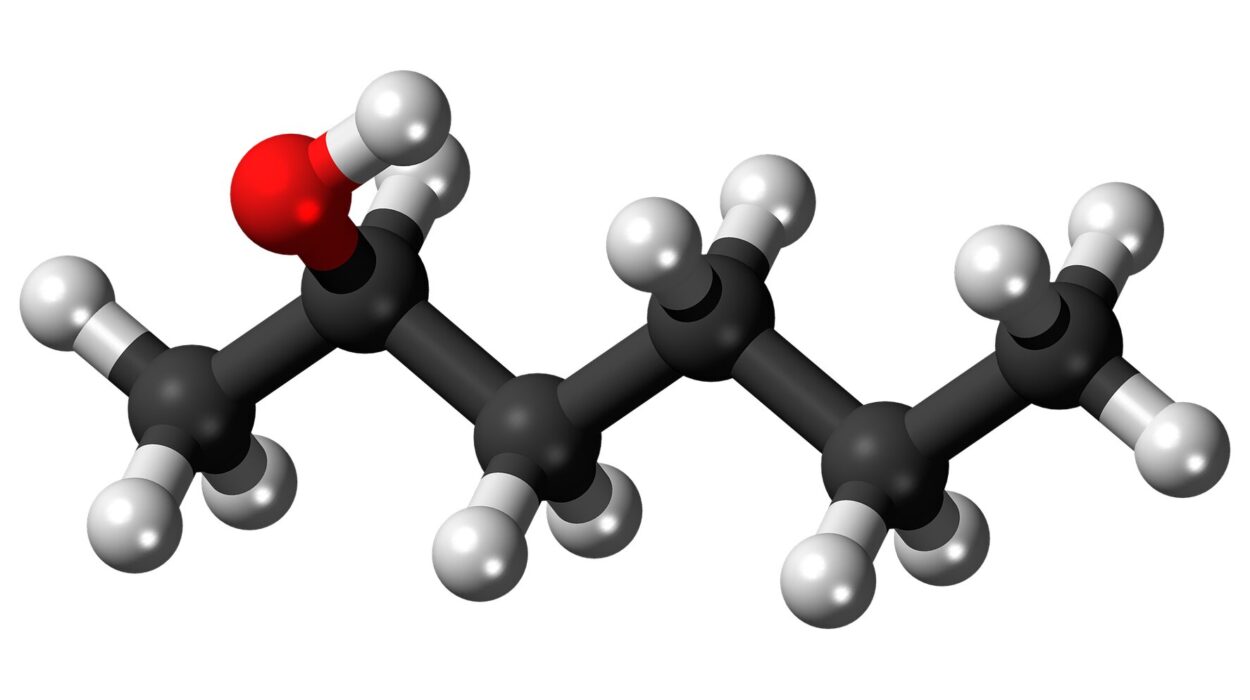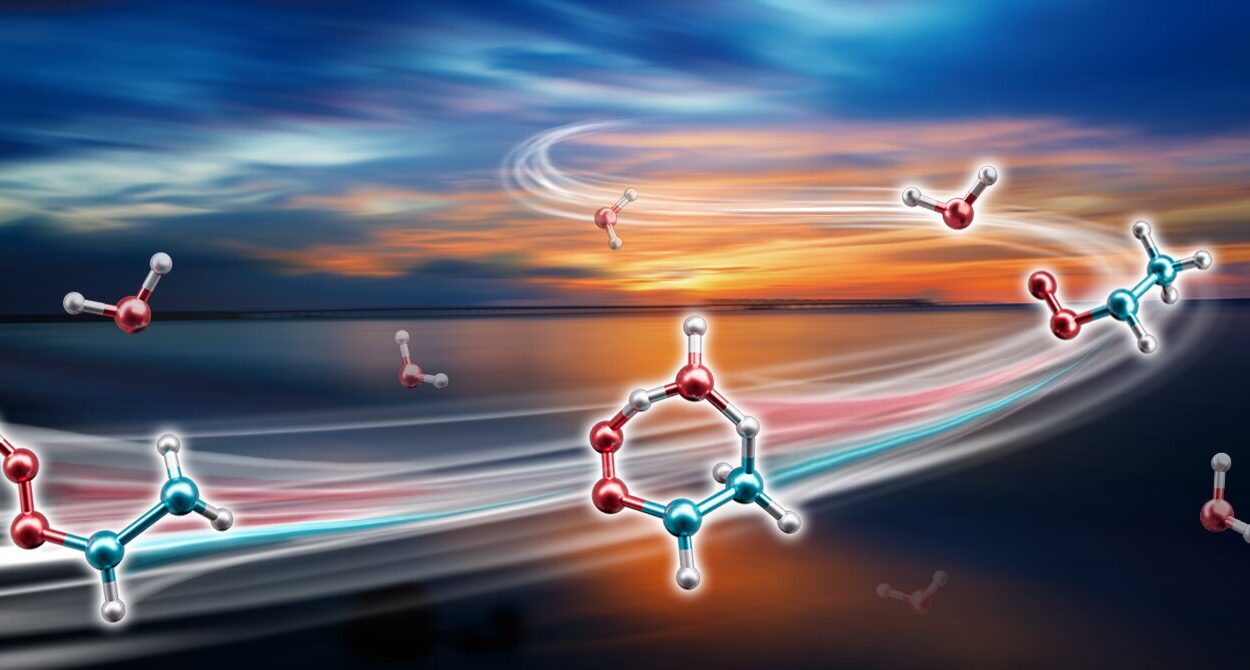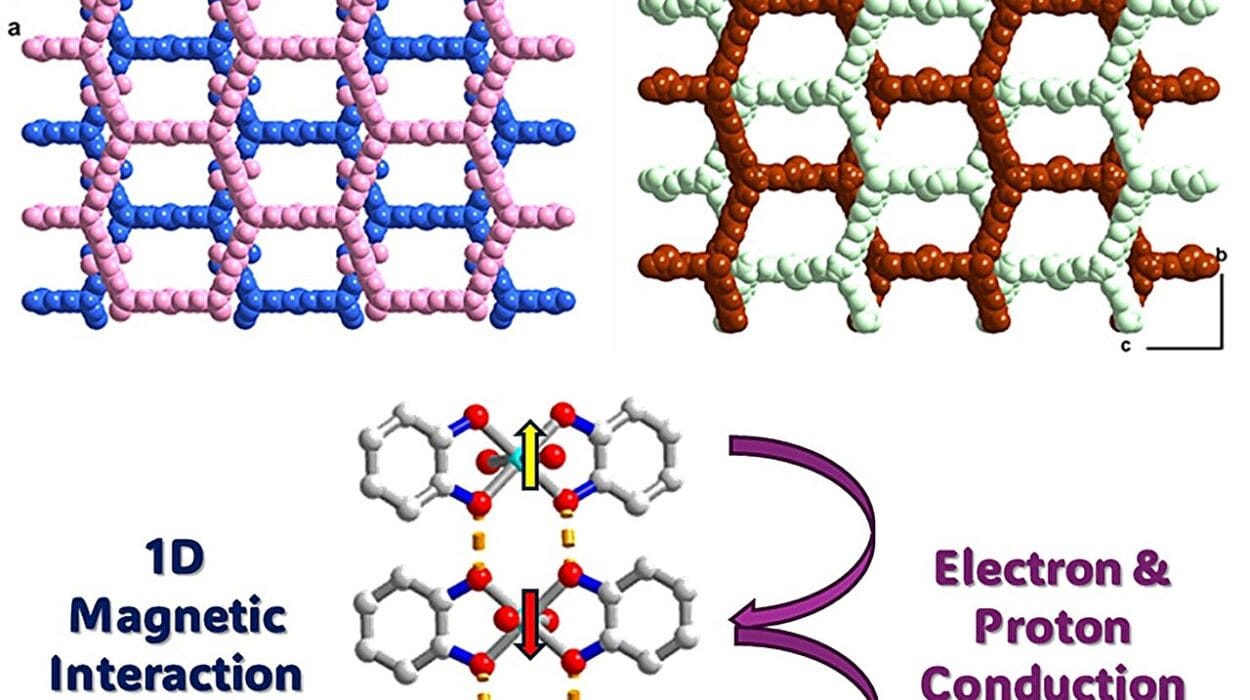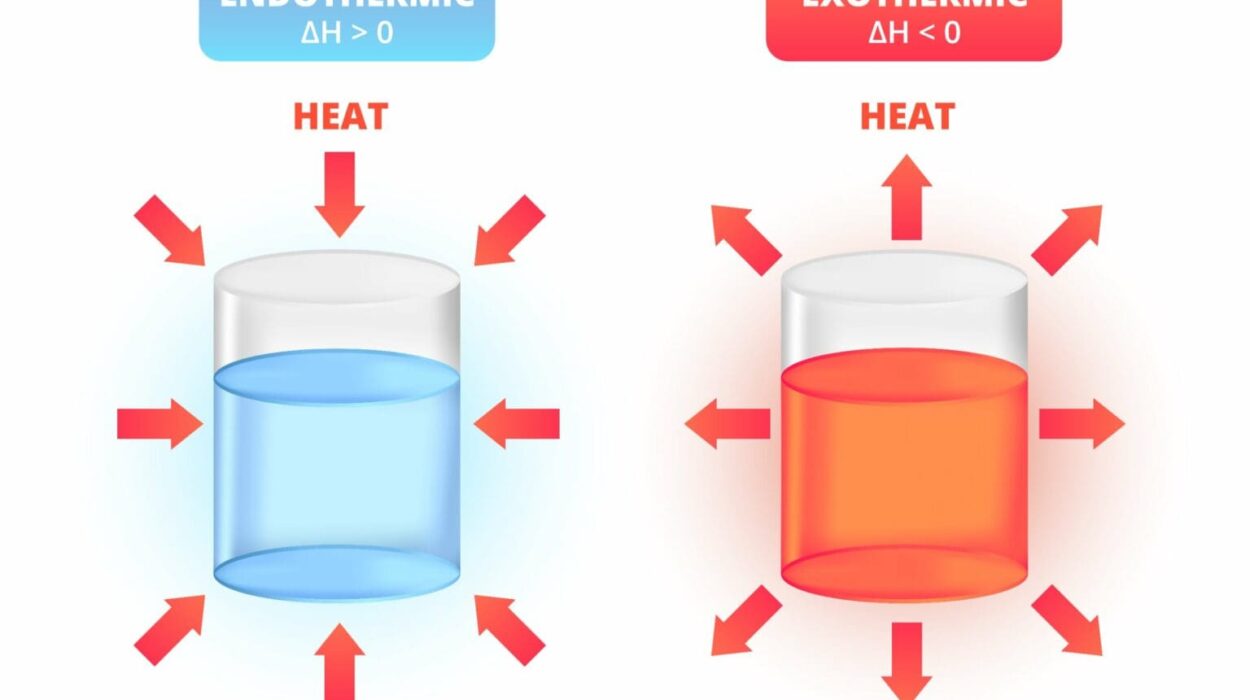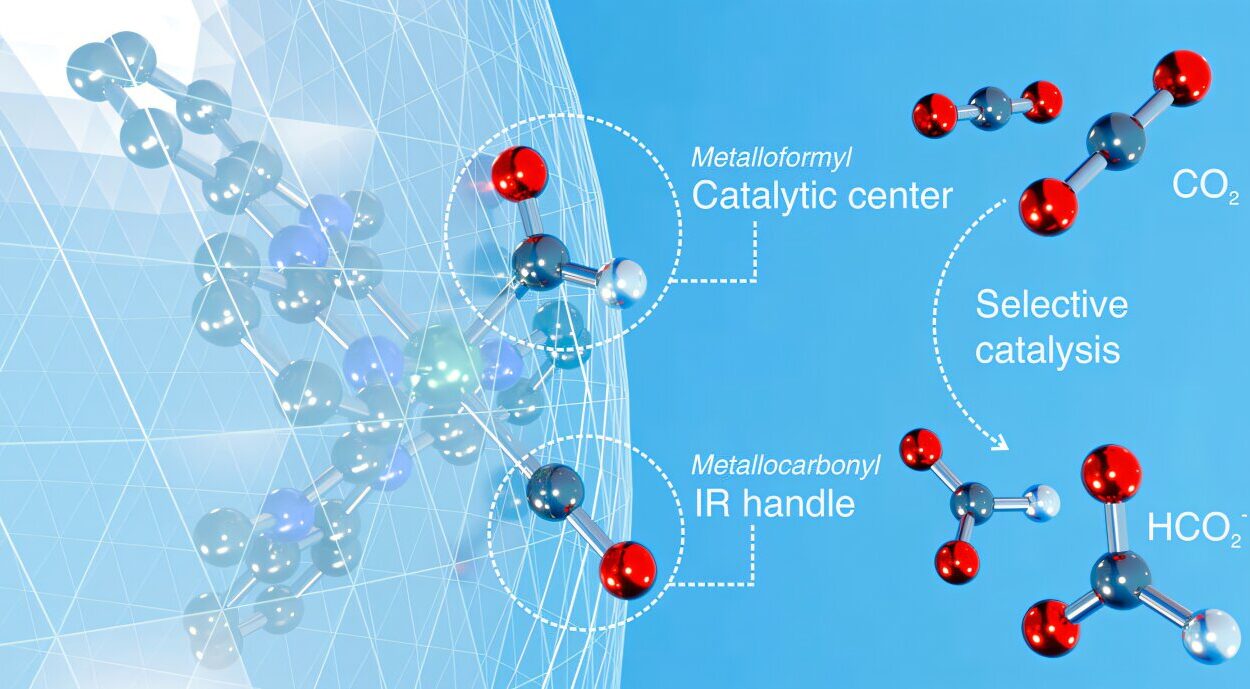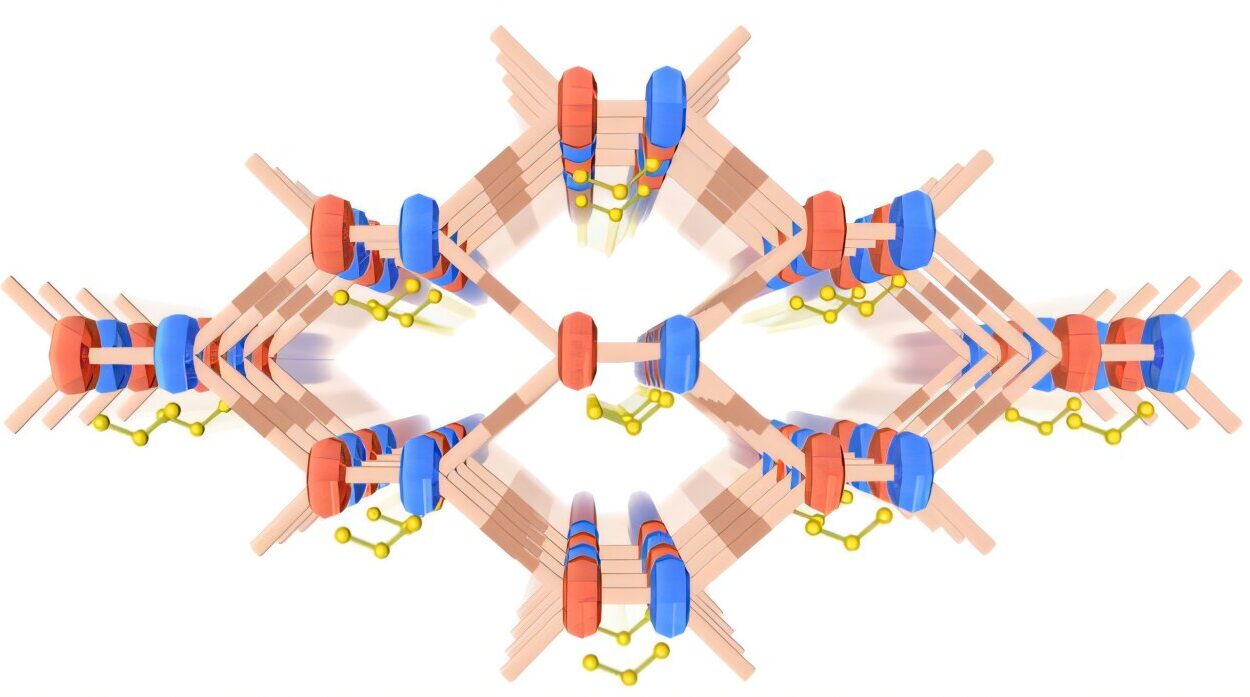The sun rises every morning, blazing with a fury that could power our civilization many times over. Yet most of its brilliance goes uncaptured. Solar panels drink in some of its light, and thermal collectors hoard its warmth for fleeting hours. But what if we could do more? What if sunlight could be tucked away like a note in a bottle, saved until the chill of night demands it, and released not as electricity—but as heat itself?
This question has haunted energy researchers for decades. Now, a breakthrough in molecular solar thermal (MOST) technology brings a compelling answer. In the quiet corridors of chemical laboratories, scientists have crafted molecules that do the extraordinary: they bend, absorb sunlight, hold its energy in their twisted forms, and then, with a precise trigger, return to their original shape—releasing stored solar energy as heat.
These aren’t just any molecules. They are descendants of anthracene, an organic compound historically extracted from coal tar, now reborn as futuristic vessels for sunlight. Their potential is breathtaking—and their story is one of chemistry dancing with sunlight at the atomic level.
Curving Carbon for the Future
At the center of this new chapter in solar thermal energy storage is a deceptively simple idea: curved molecules trap more sunlight and store it better. Anthracene, by default, is flat—composed of three benzene rings fused in a linear arrangement. In nature, it is inert and somewhat predictable. But under the guidance of visionary chemists, this molecule has been bent, reshaped, and altered to become something new.
The scientists behind this discovery, publishing their work in the journal Chem, introduced bulky chemical groups at strategic positions—specifically the 9-position—on the anthracene framework. This subtle redesign prevented the molecule from dimerizing (where two anthracene units stick together in a way that prevents energy storage) and instead encouraged it to undergo a crucial transformation called Dewar isomerization.
This transformation is at the heart of MOST. It allows the molecule to switch from a low-energy, stable structure to a high-energy, strained configuration when struck by light—particularly visible light, which makes up the majority of solar radiation. In this high-energy state, the molecule becomes a reservoir of solar energy, which it holds silently until prompted to release it.
Energy Without Wires, Heat Without Fire
Unlike batteries, which store energy in electrochemical gradients, or traditional thermal systems that rely on bulky tanks of heated water or molten salts, MOST systems store energy in chemical bonds. No wires. No circuits. Just molecular potential waiting to be unlocked.
And these new anthracene derivatives do it without solvents. This is a seismic shift. Previous MOST systems often relied on dilute organic solvents to dissolve the photosensitive compounds. This not only lowered the amount of energy they could store per unit mass (known as gravimetric energy density) but also made them less suitable for practical deployment. These new systems are liquid-phase and solvent-free, operating entirely on their own molecular weight and structure. That’s more energy, packed in less space, with fewer compromises.
In laboratory trials, the most promising of these curved anthracene systems reached energy storage densities of 170 kilojoules per mole and 0.65 megajoules per kilogram—on par with or even surpassing many materials currently used in commercial energy storage.
But storage is only half the story. The real magic lies in the release.
A Heat Switch You Can Control
When the time comes to unleash the stored energy, the molecules don’t spark or combust. Instead, they revert—calmly, elegantly—to their original shape. This reversion can be triggered by heat, light of a specific wavelength, or a chemical catalyst. The result is a smooth, controllable release of thermal energy, not electricity. That distinction matters: while electricity powers devices, heat powers life—warmth, comfort, industrial processes, and even cooking.
This controlled heat release makes MOST systems ideal for a range of applications, from residential heating and off-grid energy storage, to industrial drying, desalination, and emergency shelters. Think of regions that receive ample sunlight but lack reliable power infrastructure—now, a barrel of these molecules could store days of sunlight and release warmth on demand, even long after the sun has set.
And they’re built to last. In durability tests, one of the anthracene systems underwent 28 complete charge–discharge cycles of light absorption and heat release with minimal fatigue. No significant chemical degradation. No loss of performance. Just reliable, renewable energy, again and again.
Designing Light-Traps at the Molecular Level
This innovation is more than luck. It’s the result of precise molecular engineering, where every atom and bond serves a purpose. The challenge the researchers faced was ensuring that anthracene, which normally favors dimer formation upon photoexcitation, could instead form an isomer—the essential step for MOST energy storage.
To achieve this, they created four distinct derivatives, each with a different bulky side group to induce curvature and block the dimerization pathway. This forced the molecule to bend under the influence of light, shifting its shape and storing energy in the strained configuration.
The curvature is more than structural—it’s strategic. A bent molecule captures more of the solar spectrum, including visible light. Earlier MOST compounds only absorbed ultraviolet (UV) light, which represents a small slice of the sun’s output. By extending absorption into the visible range, these anthracene-based molecules capture more of the sun’s power, and do so more efficiently.
This is not chemistry as usual. This is the art of designing sunlight itself, folding it into the carbon framework of a molecule, waiting for the moment when heat is needed—and then watching it unfold.
From Coal Tar to Clean Energy
It’s a fascinating irony that the backbone of this innovation comes from coal tar, one of the dirtiest residues of the fossil fuel industry. Anthracene is a by-product of burning carbon-based fuels, once discarded as chemical waste. Today, it’s been reimagined as a hero of clean energy.
This symbolic reversal—using the remnants of the fossil era to power a cleaner future—is a testament to human ingenuity. Carbon, after all, is not the enemy. It is the scaffold of life and energy. What matters is how we use it.
With anthracene now playing a role in solar thermal energy storage, researchers are proving that sustainability can be built from the most unexpected raw materials. The past, when shaped by science, can indeed light the future.
A Quiet Revolution in a Tiny Frame
The implications of this research go far beyond the lab bench. It represents a shift in how we think about energy capture and storage—not in massive panels, grids, or turbines, but in the elegant choreography of molecules. These systems don’t buzz with electrons. They hum with structure.
They are silent, scalable, and potentially transformative. They require no moving parts, no complex infrastructure. Just sunlight, chemistry, and time.
As global temperatures rise and the demand for sustainable energy grows more urgent, the ability to store the sun’s warmth—efficiently, cleanly, and affordably—could change everything. It means heating without burning. It means resilience without pollution. It means empowerment for regions where energy poverty still reigns.
A Future Written in Light
These curved anthracene molecules may be small, but their impact could be vast. They are part of a quiet revolution—where sunlight is no longer something to capture and immediately use, but something we can keep, hold, and release when needed most.
In the end, energy is about control. Not just in how we generate it, but in how we shape it—store it, shift it, and share it. With this new generation of MOST systems, shaped from molecules born in soot and refined in sunlight, we are one step closer to a world where the sun never sets on energy.
And in that world, the future will not just be bright—it will be warm, clean, and ready on demand.
Reference: Subhayan Chakraborty et al, Curved anthracenes for visible-light photon energy storage via Dewar isomerization, Chem (2025). DOI: 10.1016/j.chempr.2025.102660

